Poker Hand Rankings
Master the hierarchy of poker hands and understand their probabilities
Understanding Hand Rankings
In poker, hands are ranked from highest to lowest. Understanding these rankings is crucial for making the right decisions at the table.
Hand Ranking Probabilities
Royal Flush
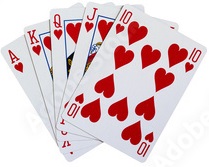
A, K, Q, J, 10 of the same suit
Straight Flush
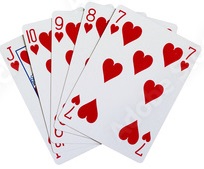
Five consecutive cards of the same suit
Four of a Kind
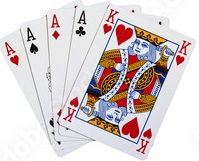
Four cards of the same rank
Full House
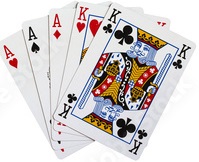
Three of a kind plus a pair
Flush
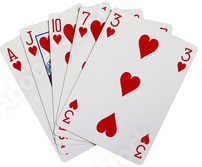
Five cards of the same suit
Straight
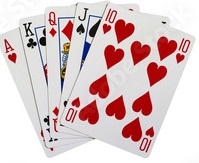
Five consecutive cards of any suit
Three of a Kind

Three cards of the same rank
Two Pair
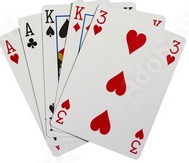
Two different pairs
One Pair
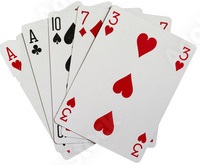
Two cards of the same rank
High Card

Highest card when no other hand is made
Understanding Kickers
Kickers play a crucial role in determining the winner when players have the same hand ranking. Learn how kickers affect the outcome of poker hands.
Example 1: One Pair
Player A: A♠ A♣ K♥ 8♦ 2♣
Player B: A♥ A♦ Q♠ 9♣ 7♦
Player A wins with a higher kicker (K)
Example 2: Two Pair
Player A: K♠ K♣ Q♥ Q♦ A♣
Player B: K♥ K♦ Q♠ Q♣ J♦
Player A wins with a higher kicker (A)